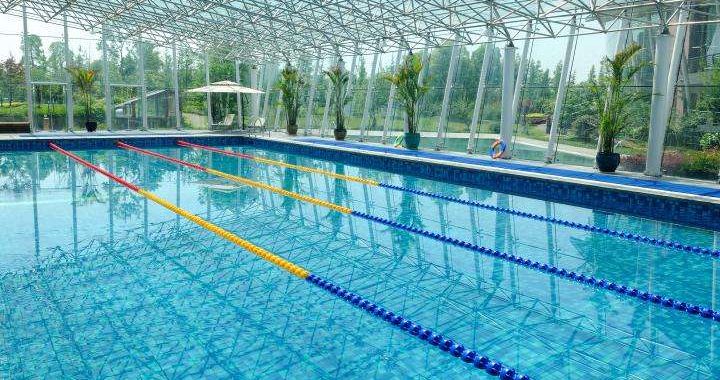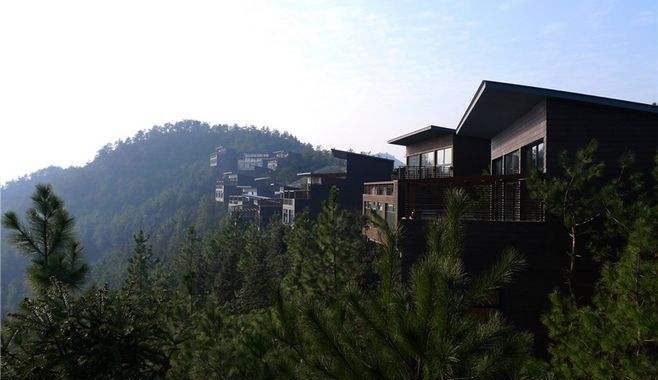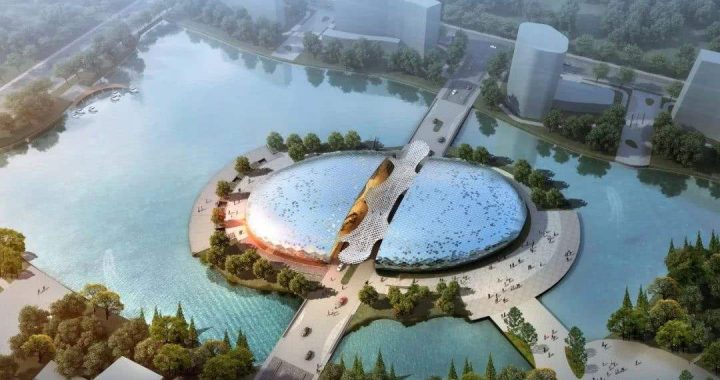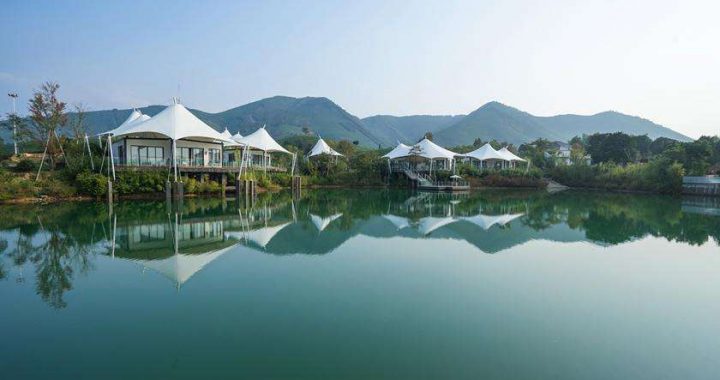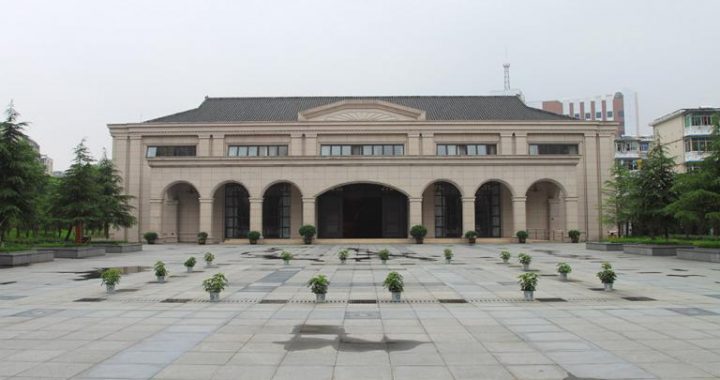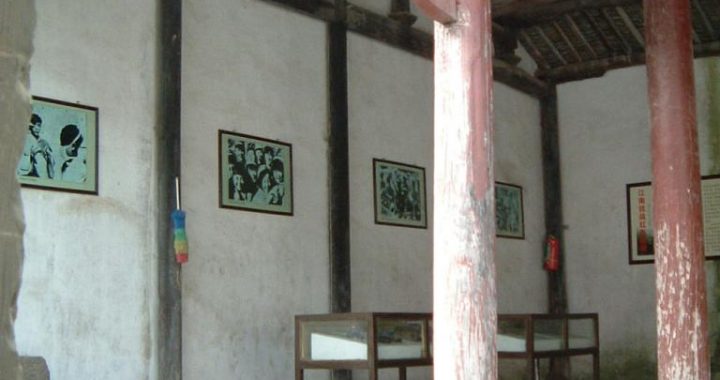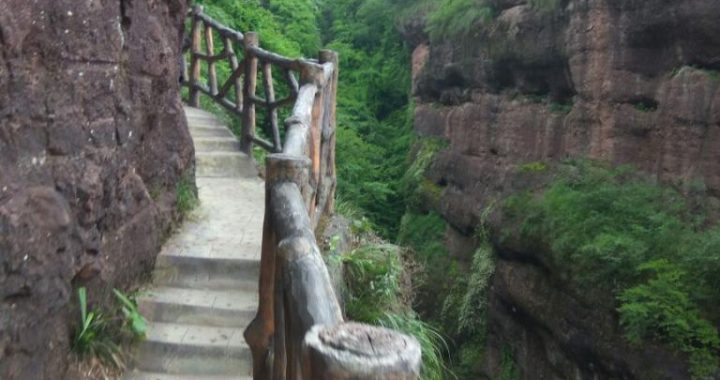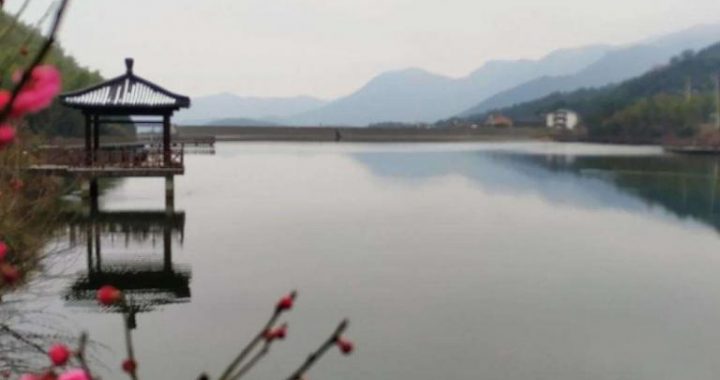Ancient Stone Bridges in huzhou
5 min readThere are so many ancient stone bridges in Nanxun district because of rivers and lakes flowing across. Just as we mentioned in the sketch above, Nanxun is a typical water township of China.A proverb goes like that “one arch for every three steps and one bridge for every five steps”.

Those ancient stone bridges with different shapes become another must-see for tourists to Nanxun. The most famous bridges among them are three ancient stone arch bridges in Nanxun Town, and three in Shuanglin Town that are worth seeing first.
Guanghui Bridge, Tongjin Bridge, and Hongji Bridge are still termed as”Three Ancient Bridges of Nanxun”with historical meaning, but they are mono-arch and single span in structure. Guanghui Bridge is named after Guanghui Palace that is situated before the bridge. It is unknown when the bridge was set up, but according to the earliest historical record, the bridge was repaired in the 5th year of Jiaqing of the Qing Dynasty(1800), and rebuilt in the 5th year of Tongzhi(1866). It is 18 meters long,3.3 meters wide, and 5.3 meters high. The bridge has 24 steps going up, and the same number of steps leading down with a pair of vivid stone lions at either endof the bridge. Tongjin Bridge gets its name for the location at the cross of river system. It was constructed in the Song Dynasty, and reconstructed inthe 3rd year of Jiaqing in the Qing Dynasty (1798), and repaired again in the 5th year of Tongzhi(1866). Centered the bridge, the silk-trading market was busy in the Ming Dynasty and the Qing Dynasty. It was from that placethat the well-known silk products were shipped to Shanghai, and sold well at home and abroad. The bridge has got 66 steps up and down in all. The height is 7.6 meters, the length is 28 meters and the width is 4 meters. Hongji Bridge is commonly called “New Bridge”. According to the Historical Records of Huzhou, it had come into existance in the Wanli of the Ming Dynasty. The bridge was rebuilt in the 10th year of Jiaqing of the Qing Dynasty (1805). In 1937, during the Anti-Japanese War, the troops led by the Kuomintang cut the way to Huzhou by blowing up the bridge to prevent the forces of Japan from advancing towards Huzhou. Later, the bridge was repaired several times. It is 28 meters long,3.5 meters wide and 7.2 meters high. This stone bridge has only one arch, and 66 stone steps, and has a couple of drum-shaped stones near the foot of the bridge.
“Three Bridges in Shuanglin”is no doubt the most representative ancient bridge of China. Shuanglin is a town next to Nanxun belonging to the Nanxun District. It is one of major towns in Huzhou. In the past, there was no any direct highway to connect it with the outside, and the water way was the main traffic for the locals. People had to get in and out by boat on the River Shuanglintang(Tang River). The three ancient stone bridges are the landmarks of Shuanglin town. They are Wanyuan Bridge, Huacheng Bridge and Wankui Bridge. Each bridge has three arches with a big one in the middle, and two smaller on the left and the right.

There is no exact time when the original Wanyuan Bridge was constructed, but it is recorded that the bridge was once destroyed during the Jiajing Period of the Ming Dynasty, and repaired in the Periods of Kangxi and Yongzheng in the Qing Dynasty. It is said a stone bridge came into existence in the year of 1730, and it was named Wanyuan. The stone bridge of Wanyuan was reconstructed from the 14th year of Daoguang (1834) and completed in the 20th year of Daoguang (1840). The bridge is 7 meters high,51 meters long, and 3.5 meters wide. It is the best graceful and the highest bridge among the three. Ten pairs of stone-carved lions carried with naive expressions in squatting posture are separately set on the stone barriers along the both sides of the bridge.
Huacheng Bridge is customarily called”Tang Bridge”by the locals. The original wooden bridge was built by two monks during the Period of Yanyou of the Yuan Dynasty(1314-1320). The two monks lived in Huacheng Temple at Tangkou, so the bridge was named after the temple. It was reconstructed into a stone bridge during the middle period of Jiajing in the Ming Dynasty. The bridge was repaired twice in the third year of Chongzhen(1630) and the 58th year of Qianlong in the Qing Dynasty(1793). Huacheng Bridge is six point six meters high,46 meters long and 3.4 meters wide.
Wankui Bridge was also a wooden bridge at first. The wooden bridge was rebuilt into a stone bridge from the first year of Kangxi(1662). Theconstruction lasted for 7 years and was finished in 1669. The bridge was repaired several times in its history. The extensive renovation of the bridge started in the 55th year of Qianlong (1790) and was completed in 1793. Thewhole bridge has 80 stone steps going up and walking down. Now the height of the bridge is 6.8 meters, and it is 51 meters in length,3.2 meters in width.
The three bridges straddle one after another over the Tang River on the north of the town. They are so close that they seem to be one upon another when people watch them from the board of a boat in the distance with the rocking left and right. Particularly, seeing through the stone-arch of Wankui Bridge at dawn, the sun emerges in all its splendour and the glare of the sun on the river water produces glistering ripples. That is a really wonderful sight.
To one’s surprise, the three stone arch bridges lie apart from one another at a very short distance. They are within a section of the river no more than four hundred meters. Huacheng Bridge lies between the other two bridges, Wanyuan Bridge is situated 225 meters away on the east, and Wankui Bridge lies at a distance of 122 meters to the west of HuachengBridge. Tourists may wonder why three stone bridges are built so close.
Many a story tries to give an explanation. Of course,a popular folk legend seems more constructive. The folk legend might encourage people to do good things, and make one know how to conduct oneself in society. The legend goes like that there were twin sisters who once lived by the south bank of the River Shuanglin Tang. At that time, there was no bridge over the river, the elder sister built a small wooden bridge, namely the earliest Wankui Bridge. She told her servant to collect service charges when pedestrians passed the bridge. The local villagers complained of her selfish motives. Hearing of that, the younger sister decided to take a philanthropic act out of public interests. She spent all her savings to build a free-charged bridge close to her sister’s, namely the earliest Wanyuan Bridge. The elder sister was ashamed of what she had done. She built another bridge between Wanyuan Bridge and Wankui Bridge. The elder sister named the bridge Huacheng, which means in Chinese that she built the bridge from being educated, and to show her repentance for selfishness. That’s why the river has three bridges in such a narrow space.
Walking on the ancient stone bridges, one feels like entering the samsara of time and space. These ancient bridges now are under the municipal and provincial protection. They contain the architectural essence of ancient bridges.

